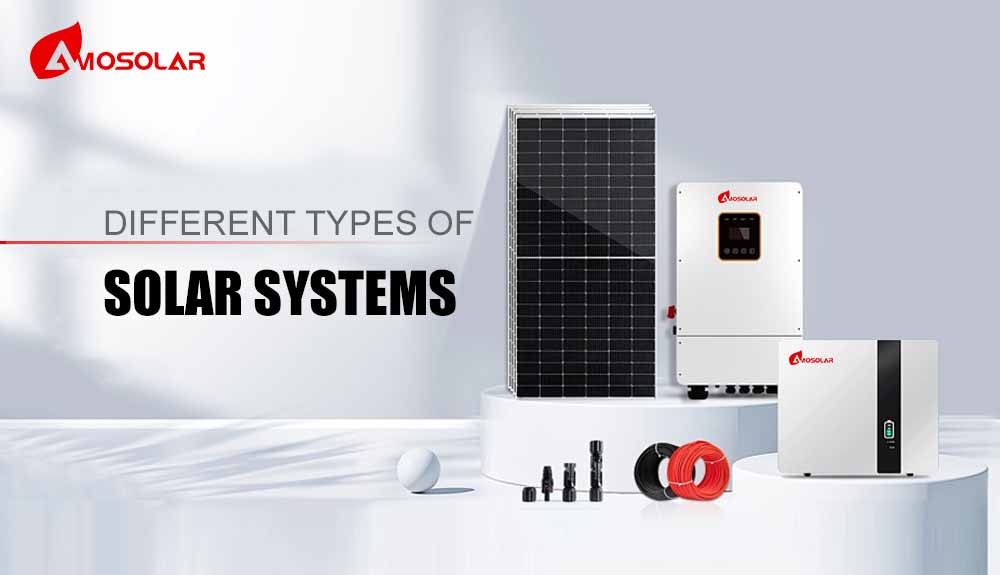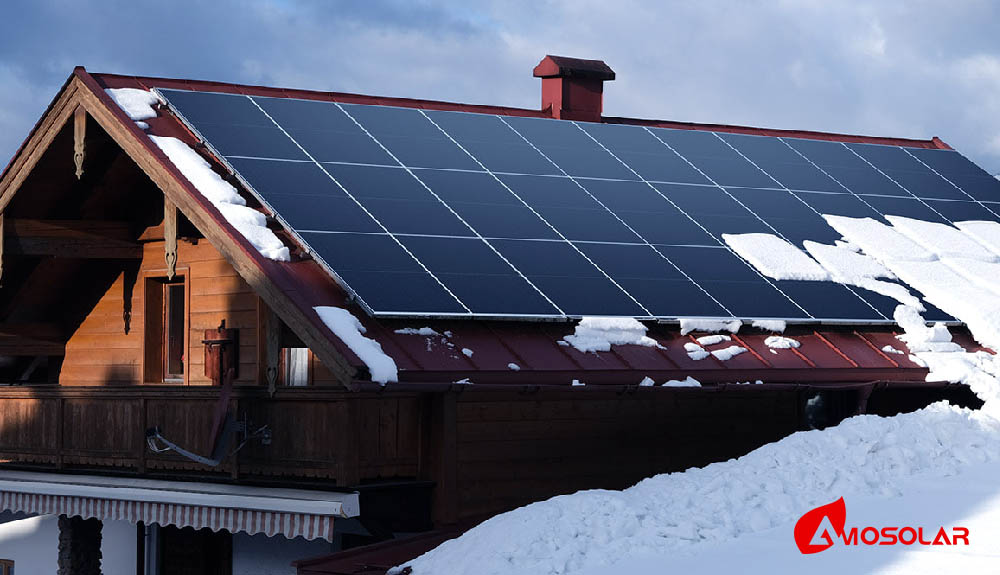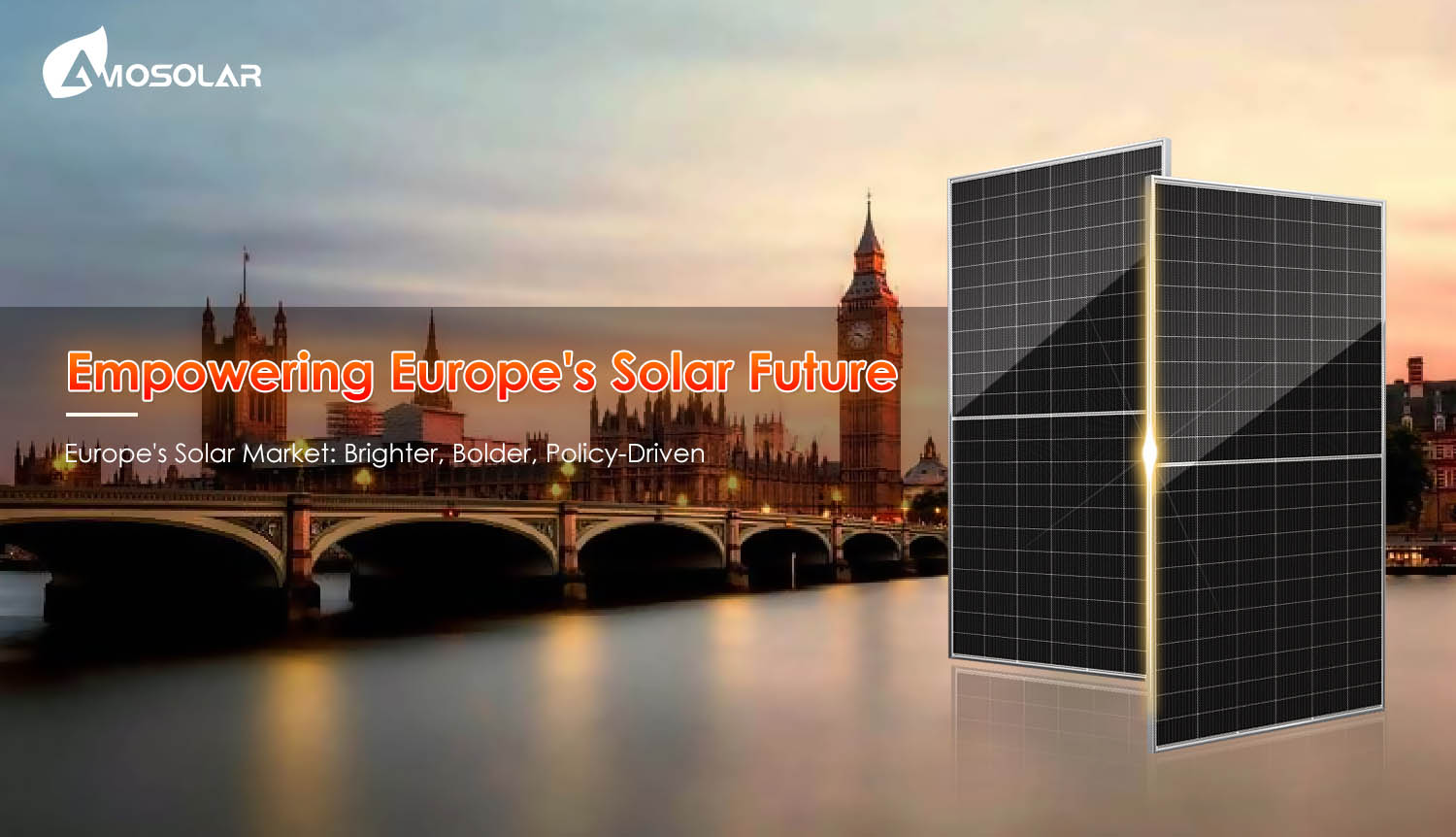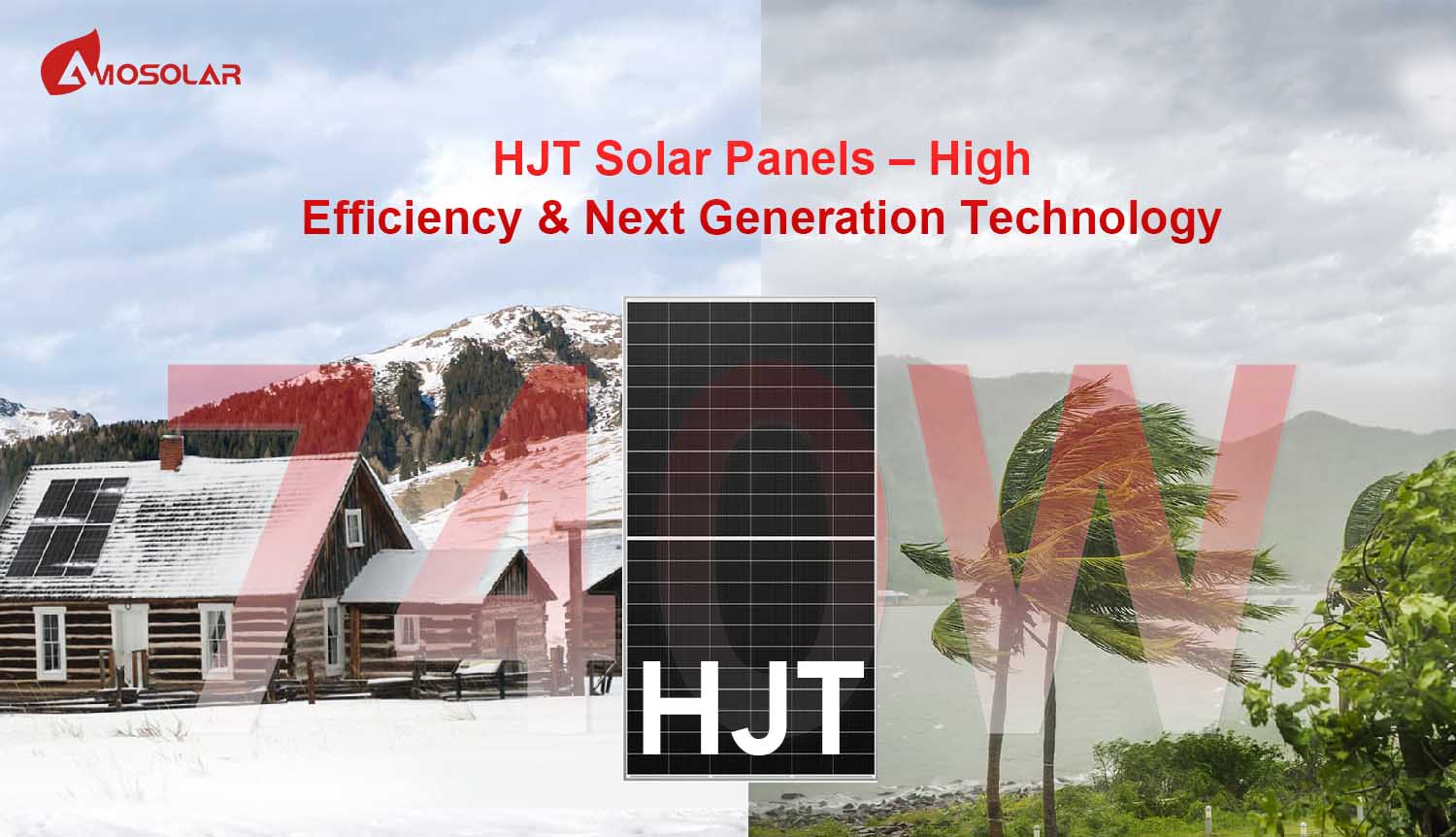what are you looking for?
 What Are the Different Types of Solar Photovoltaic Power Generation Systems?
What Are the Different Types of Solar Photovoltaic Power Generation Systems?
 What is a Balcony Solar PV System?
What is a Balcony Solar PV System?
 How to Deal with Power Shortages in Winter: PV Panels in the Snow Can Generate Electricity!
How to Deal with Power Shortages in Winter: PV Panels in the Snow Can Generate Electricity!
 Comprehensive Analysis of Solar Subsidy Policies in Europe (Germany, France, Spain, etc.)
Comprehensive Analysis of Solar Subsidy Policies in Europe (Germany, France, Spain, etc.)
 What is HJT in solar?
What is HJT in solar?
 Address: No.210 QianShan Road, Shushan Dsitrict, Hefei, Anhui, China
Address: No.210 QianShan Road, Shushan Dsitrict, Hefei, Anhui, China Tel: +86 13956933621
Tel: +86 13956933621 Email: info@amo-solar.com
Email: info@amo-solar.com Contact: Sabrina Han
Contact: Sabrina Han


